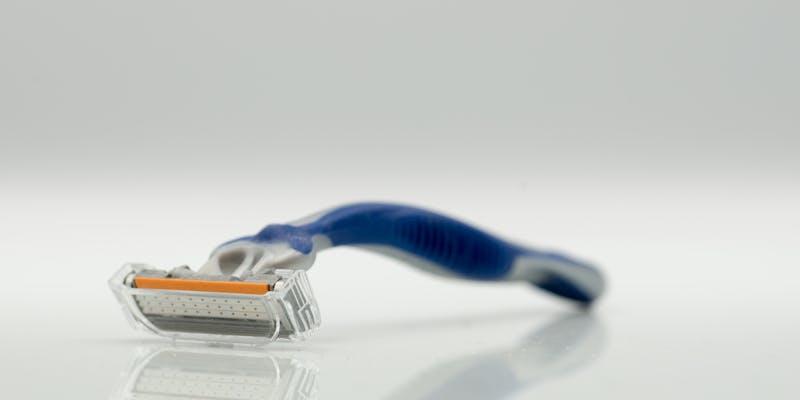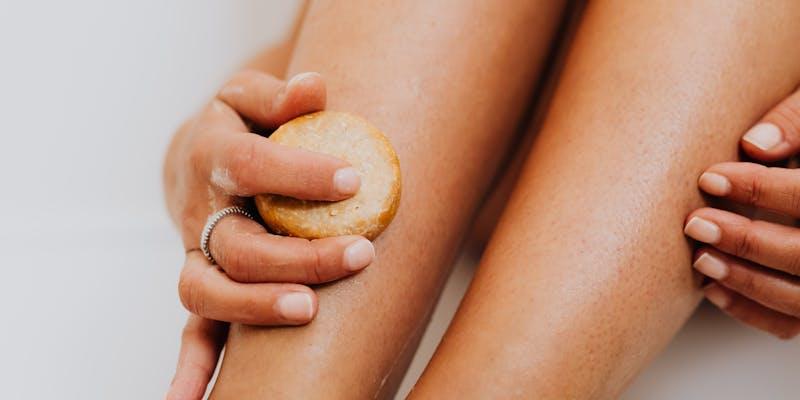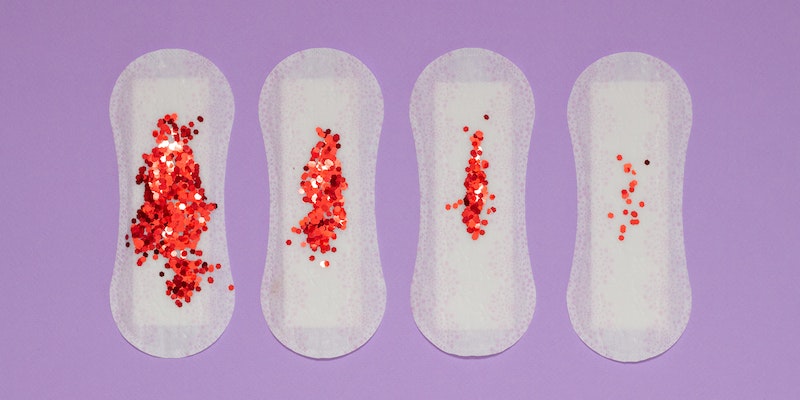Leg shaving looks simple, but it is not that simple. You undoubtedly know how to shave your legs. All we need is a razor and shaving oil or cream, but not precisely. Other factors to consider when shaving to minimize razor burn include ingrown hairs, bumps, and nicks for silky, smooth legs.
Beauty does not have to hurt. Your technique, skin prep, razor, shaving kits, and other goods are what matterand we'll show you how. But first, lets look at some types of razors you can use to shave.
Types of Razors

There are countless leg-shaving devices in shaving kits. Some of them are:
Cartridge Razors
Leg shaving using cartridge razors is most popular since they give the closest shave. They use disposable cartridges with three to six blades. Because they glide over curves, maneuverable cartridges are popular. Use a cartridge razor with more blades and closer spacing for a close, nick-free shave.
Electric Razors
Electric razors can be rechargeable, cordless, or battery-powered. They're stronger than manual razors, unlike your grandpa's big, noisy shavers. For speed, choose an electric razor. Each sweep of the concealed blades covers more land without cutting skin. Even with numerous passes, you won't obtain a tight shave like a shaving brush since the blades don't touch the skin.
Disposable Razors
Once popular, disposable razors are now best used in emergencies like shaving at a gas station toilet on a beach vacation. They work, but not as well as cartridge razors.
How To Shave Properly

Read on step-by-step methods for shaving your legs properly.
Step 1: Start With the Right Razor
The most crucial thing when shaving is to use the right razor for your skin. People generally emphasize quality over quantity, yet quantity matters here. Why? Because several razor blades almost ensure a closer shave. The first blade snags the hair follicle, the second cuts the hair, and the third cuts any hair the second missed. Shaving with more than three blades is closer than ever.
After choosing the correct blade count, don't scrimp on the handle. Some find heavier handles easier to operate, while others like lighter ones. An extra coating strip helps certain razor blades glide across the skin.
Step 2: Use Warm Water On Your Legs
We've all tried dry-shaving our legs, even if we shouldn't. Avoid this quick-fix method when you're in a rush, even though it's tempting! Doing so can remove leg hairs but can leave red lumps and rough skin. Moistening your legs with shaving oil or a moisturizer before shaving is crucial since moisturizer won't solve that. Warm or hot water softens skin and leg hair for a closer shave. It would help if you waited to use the razor until the water had finished working.
However, complete your shower regimen before shaving. Soak your shaving brush and razor in a warm bathtub for 15 minutes. If you don't follow these instructions, your legs may wrinkle and swell, making it harder to avoid frequent irritants.
Step 3: Exfoliate
Exfoliating your legs is often overlooked but has huge shaving advantages. Dead skin cells can build up on your legs, preventing the razor from sliding easily. A poor shave with low-quality shaving kits might leave hair behind or cause nicks and wounds. Dead skin cells can also become stuck in the razor, dulling it faster and limiting efficiency. Regular leg exfoliation removes this dead skin layer and prevents ingrown hairs.
Exfoliating using a body scrub before shaving is easy and effective. The grainy scrub physically removes dead skin cells, revealing smoother, softer skin. This makes shaving closer and reduces post-shave discomfort and redness.
Step 4: Apply Shaving Cream Or Gel
After moisturizing and exfoliating, you may shave your legs. Wrong. A shaving brush or razor contains a moisture stick that won't protect your skin. Body wash and bar soap are also inadequate. Shaving gels and creams protect the skin. They offer protection from the razor blade, let you track your shaving progress, and typically contain moisturizing substances. A gel or shaving oil depends on personal choice, although most dermatologists recommend a gel for its lubrication. Avoid soap, which dries the skin.
Step 5: Shave In the Right Direction
The direction of your razor glide matters more than you believe when shaving. Many individuals shave against the grain, against hair development, since they think it's closer. However, ingrown hairs and razor pimples might result from this procedure. To avoid these complications, shave in the direction of hair development, which is downward strokes along your leg.
Shaving with the sharp razors of good quality shaving kits decreases discomfort and ingrown hairs. Sharp razor blades slide effortlessly along the skin for a smooth, grain-oriented shave. Use calm, consistent strokes instead of pressing hard on the blade. Use a sharp razor to avoid discomfort if you want to shave against the grain for a closer shave.
Step 6: Rinse Your Razor Repeatedly
As you glide the razor down your legs, the blades catch leg hairs, shaving oil, and potentially skin particles. Too much of it in the blade can cause ingrown hairs and razor burns. To maximize blade performance, wash it with warm water after each stroke. It would help if you never cleaned the shaving brush with your fingers. If necessary, gently massage it on toilet paper or increase water pressure to loosen any remaining hairs.
Step 7: Store Your Razor Properly
A good shave and razor lifetime depend on proper storage. Keeping it in the shower is convenient but not ideal. Extreme water exposure can prematurely destroy lubricating components. Keeping the razor head up prevents it from clinging to things, which might distort the lubricating surfaces and make shaving difficult.
Moreover, find a dry place to store your razor or shaving brush instead of the shower. Consider placing it on a well-ventilated shelf or cupboard outside the shower. The razor head should face upward to avoid object contact and retain its integrity.
Step 8: Moisturize
Body lotion or oil should be applied to dry legs for good skincare. Hot water significantly dries and irritates your legs by taking away their oils. You must actively replenish this moisture while pores are open to avoid leg discomfort.




